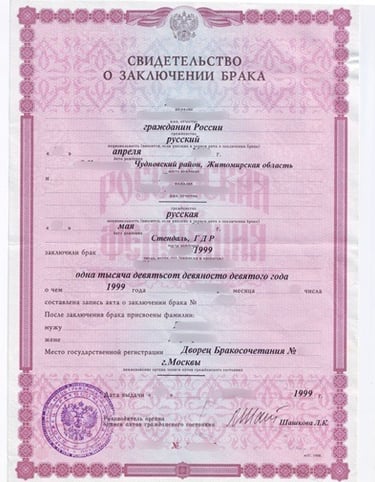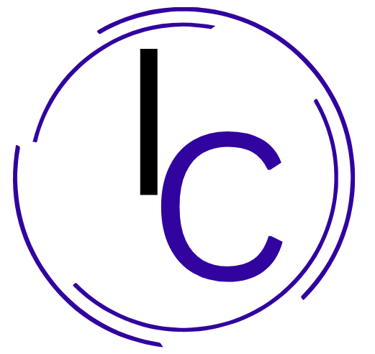Why Certified Translation Is Not a One-Click Task
What Goes Into a Certified Translation
CERTIFIED TRANSLATIONDOCUMENT TRANSLATION
Ina Chitenco
6/11/2025


Not long ago, someone called me with a request for a certified translation of a birth certificate from Arabic into Spanish. When I explained that I couldn’t help, the caller was genuinely surprised, “But why? Isn’t AI doing everything for you now? You just need to add your stamp.”
This is a common misconception. Many people believe that certified translation is quick and effortless. But in reality, it’s a professional service with specific requirements, and it simply can’t be completed by AI or in a matter of minutes.
Certification Is Language-Pair Specific
Certified translation is not something any translator can do in any language. For example, I’m a Certified Translator from English into Russian and from Russian into English (ATIO, STIBC). This means I have passed a professional exam and am officially authorized to provide certified translations only in these two directions.
If a translator is not certified in the specific language pair requested, they are not permitted to issue a certified translation. Doing so would violate professional and ethical standards. So no, I cannot provide a certified Arabic–Spanish translation—and neither can any translator who isn’t officially certified in that pair.
Why AI Can’t Translate Official Documents
Although AI tools like ChatGPT have made great progress, they are not suitable for official document translation. Here’s why:
Handwritten text: Many official forms include handwritten details. Optical character recognition (OCR) software often fails to read these correctly—and if the text isn’t recognized, it can’t be translated.
Names and spellings: The same name can be rendered in different ways. For example, the Russian name Дмитрий may appear as Dmitry, Dmitrii, or Dmitriy. Human translators check official documents like passports to ensure consistent and accurate spelling.
Stamps and abbreviations: Official documents often contain stamps, seals, and institutional abbreviations. OCR software may miss or misread them. A trained translator can decipher faint or smudged text and knows how to correctly render abbreviations in context.
Formatting: A certified translation must follow the layout and structure of the original document. This ensures accuracy and allows officials to easily compare both versions. Machine translation tools can’t consistently replicate formatting to this standard.
Translator’s statement: Every certified translation includes a signed, dated, and stamped translator's statement. This document confirms that the translation is accurate and complete—and it must comply with specific requirements.
It’s a Process, Not Just a Task
Even short documents require careful work. A certified translation isn’t just word substitution—it’s a professional process that involves accuracy, consistency, knowledge of legal and cultural context, and attention to formatting.
Below is an example of a translated marriage certificate, complete with a translator’s statement. This is the kind of document that will be accepted by official authorities.
If you need help with certified translation from English into Russian or from Russian into English, feel free to send me a message or call. I’ll be happy to assist.






